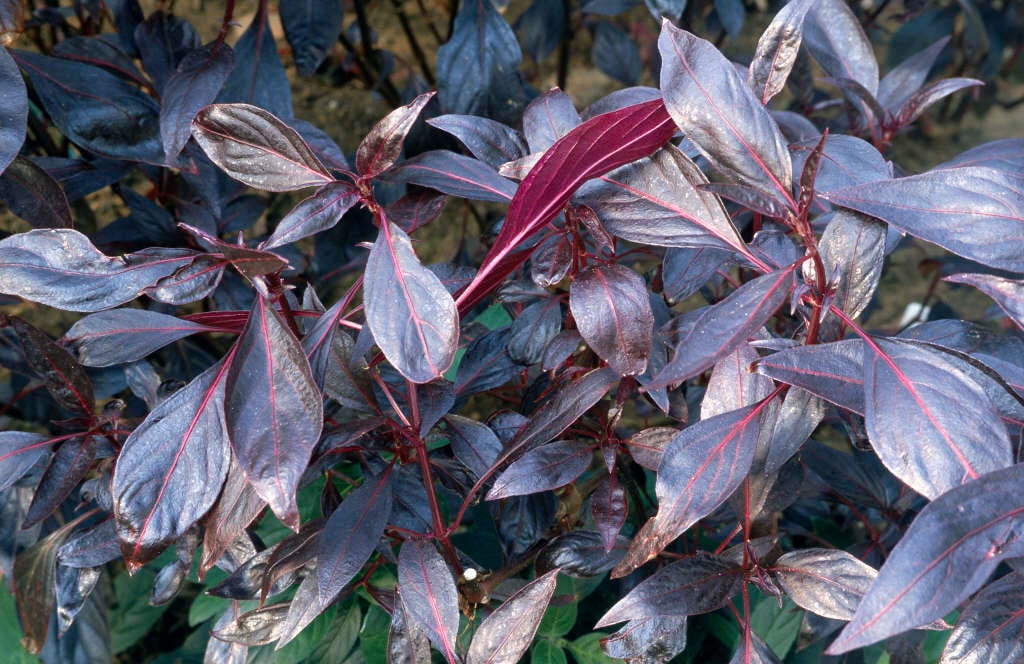Size
Ultimate height
0.5–1 metresTime to ultimate height
2–5 yearsUltimate spread
0.5–1 metresGrowing conditions
Moisture
Moist but well–drained, Well–drainedpH
Acid, Alkaline, NeutralColour & scent
| Stem | Flower | Foliage | Fruit | |
| Spring | Red | |||
|---|---|---|---|---|
| Summer | White | Red | ||
| Autumn | Red | |||
| Winter | Red |
Position
- Full sun
Aspect
West–facing or South–facing or East–facing
Exposure
Sheltered Hardiness
H1CBotanical details
- Family
- Amaranthaceae
- Native to GB / Ireland
- No
- Foliage
- Evergreen
- Habit
- Bushy
- Genus
Iresine can be annuals or evergreen perennials with simple, ovate leaves, usually brightly coloured or patterned, with insignificant terminal spikes of whitish flowers in summer
- Name status
Correct
- Plant range
- Ecuador
How to grow
Cultivation
Under glass grow in peat-free, loam-based compost in full light with shade from hot sun. When in growth water freely and apply a balanced liquid fertiliser monthly; keep just moist in winter. Can be grown outdoors during the summer in moderately fertile soil with protection from cold, drying winds
Propagation
Propagate by softwood cuttings in late winter or early spring
Suggested planting locations and garden types
- Patio and container plants
- Low Maintenance
Pruning
No pruning required
Pests
May be susceptible to glasshouse whitefly and glasshouse red spider mite
Diseases
May be susceptible to powdery mildews
Love gardening
Sign up to receive regular gardening tips, inspiration, offers and more
View our Privacy Policy
Get involved
The Royal Horticultural Society is the UK’s leading gardening charity. We aim to enrich everyone’s life through plants, and make the UK a greener and more beautiful place.
